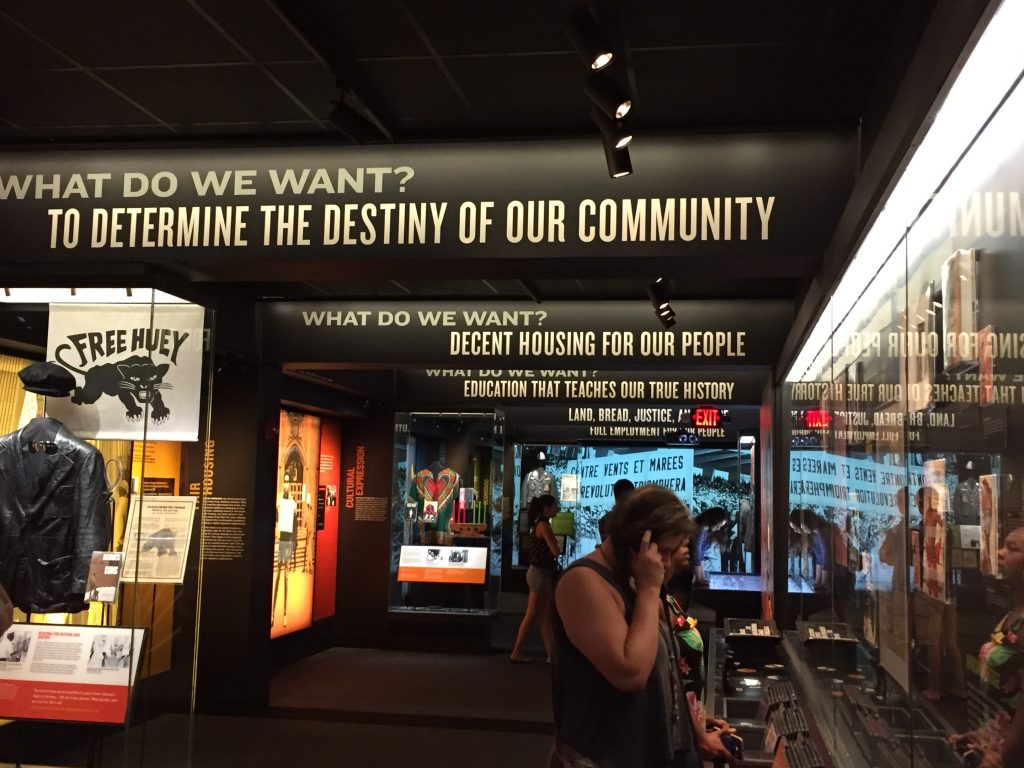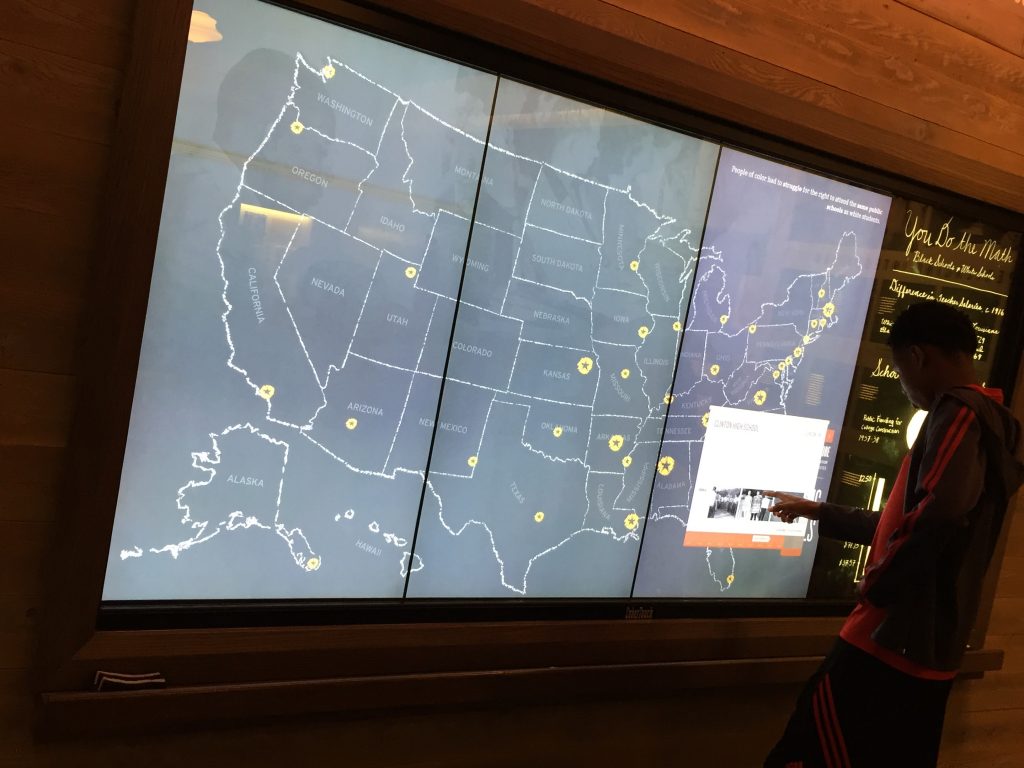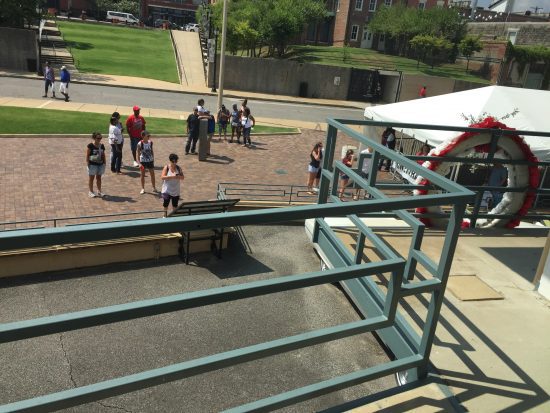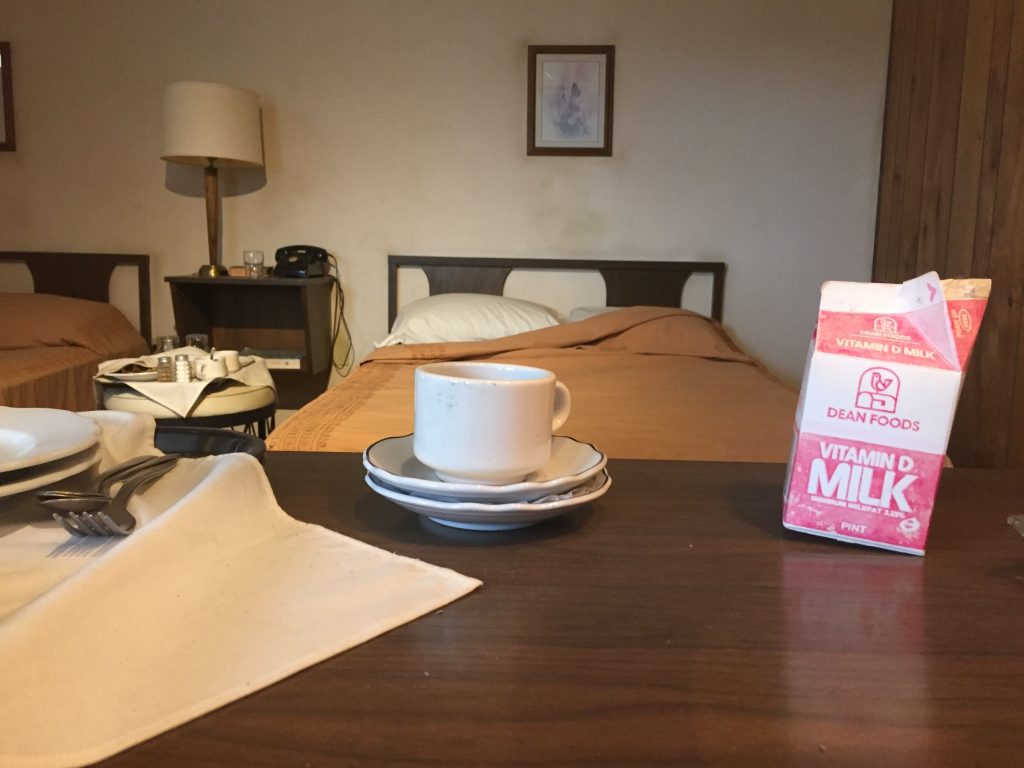Right or wrong, the first thing that comes to mind after visiting the National Civil Rights Museum? The place is HUGE! I’ve been to more museums than I care to admit and can’t remember any of them being this expansive in terms of material and exhibits. Just when you think you’ve come to the end, another hallway appears and just like that – you’re in a totally different room.

The National Civil Rights Museum is now a Smithsonian affiliate and rightfully so. The interactive displays, in-depth stories and pieces of memorabilia you’ll find within the complex make the museum better than any history book. A $27.5 million renovation to the original museum was complete in the spring of 2014 and it seems to be money well spent.

The Lorraine Motel, which is the face of the museum, is the site of Martin Luther King Jr’s assassination in 1968. King was standing on the balcony outside of room 306 when he was shot by James Earl Ray.
Near the end of your tour, you’ll walk past the room King had been staying in and where he eventually died. You’ll also stand in front of a window just steps from the balcony railing where the assassination took place. Looking down from the balcony, as other tourists glance back up in your direction is a powerful moment. A flowered, white and red wreath marks the spot of the shooting.

In addition to the memorial site, the museum has art displays, more than 40 films, and various listening stations. There’s a replica of the bus Rosa Parks used, and a recreation of a burned Greyhound bus that was destroyed by white supremacists during the Freedom Rides. Vehicles outside the building are relevant to the time period but have no significant tie to the hotel or Dr. King.
Permanent exhibits include: Stand Up By Sitting Down, For Jobs and Freedom, The Rise Of Jim Crow and Separate Is Not Equal.
You may also notice a local woman that has made a name for herself by protesting the museum. She tells visitors from a bizarre set up across the street that the museum is a disgrace to the King legacy and a waste of money. Of course, she couldn’t be more wrong. People of all ages and races were packed into the museum during my visit – reading, viewing, and experiencing. The museum provides a relevant opportunity for people to learn about the many struggles that black Americans went through during the civil rights era. They can also gain a better understanding through the museum than they’d have just reading a textbook or visiting a memorial.

Admission to the museum is reasonable – just $15 for an adult. Be prepared to spend the better part of a day here if you want to really take time and soak it all in. Also note the museum is closed on Tuesdays.
For more info about the National Civil Rights Museum in Memphis, visit: www.civilrightsmuseum.org


